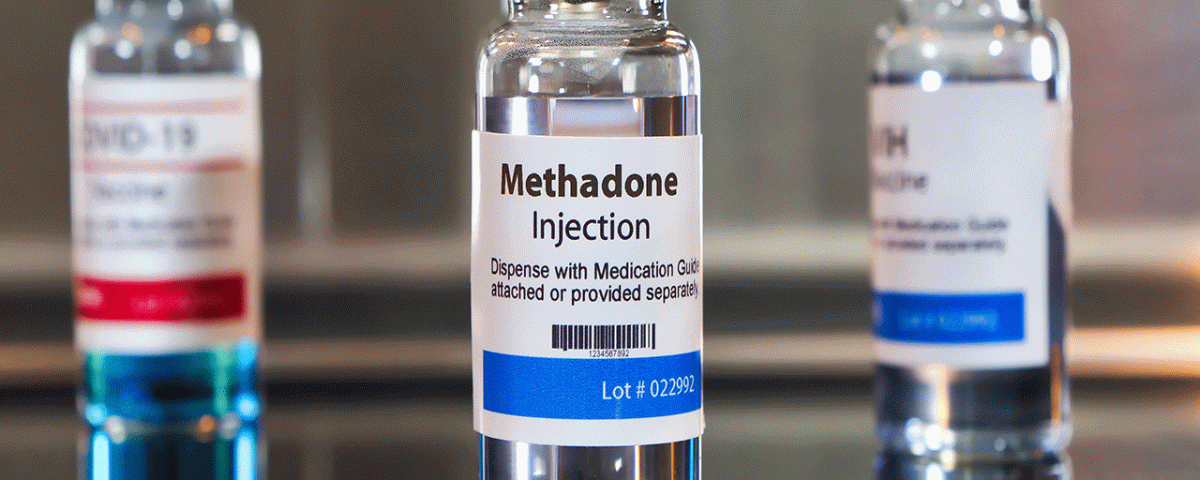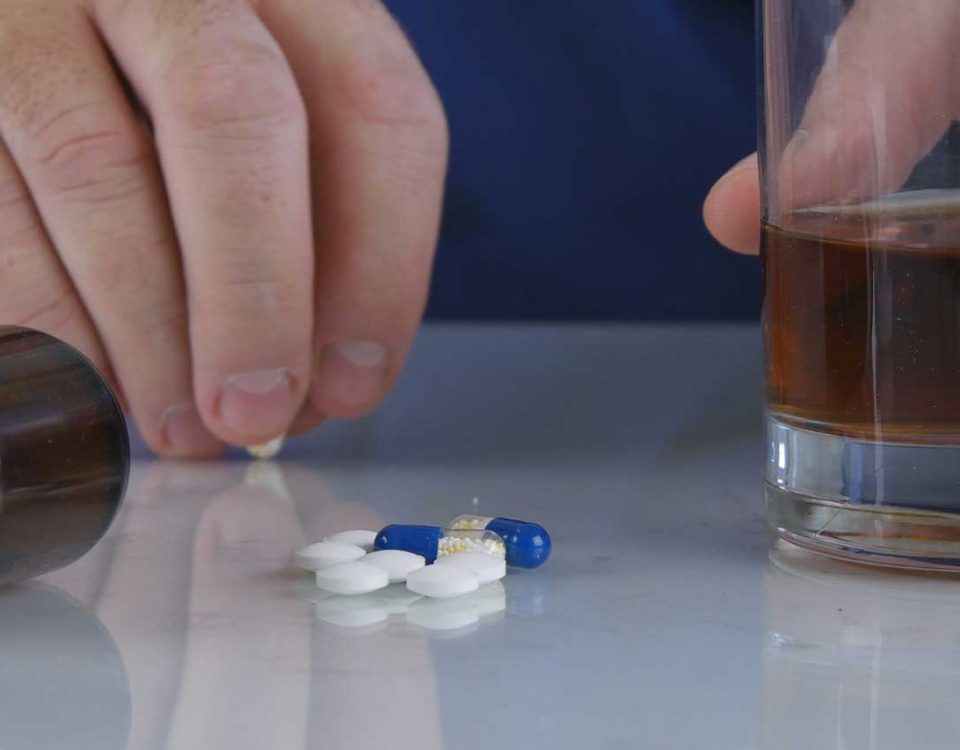The United States is currently in the middle of an opioid epidemic, but determining which opioids contribute the most to this issue can be difficult.
Opioids are narcotics that include illicit drugs like heroin and prescription drugs like oxycodone and methadone. Today, we’re going to look into the difference between methadone and oxycodone to determine which of the two is strongest and how their strengths determine their risks.
What Is Methadone?
Also known as Diskets, Methadone Intensol, and Methadose, methadone is a synthetic analgesic drug that acts similarly to morphine but produces longer-lasting effects. Methadone is often used as a substitute drug in opioid addiction treatment.
Methadone is a long-acting opioid agonist, which means that it activates the same opioid receptors and responses in the brain as other opioids like heroin, oxycodone, hydrocodone, morphine, opium, and others. The Food and Drug Administration (FDA) approved this drug in the treatment of opioid use disorder as well as for pain management.
When used in a medical setting by addiction treatment professionals, methadone can help reduce opioid cravings and withdrawal symptoms and can also blunt or block the effects of other opioids. It’s usually taken daily as a liquid, powder, or in diskette forms.
Only a SAMHSA-certified treatment program (OTP) can prescribe methadone for opioid addiction treatment. Patients taking this medication to treat addiction must receive it under the supervision of a practitioner.
After a period of stability using the methadone, patients may then be allowed to take it at home between program visits. Usually, patients only take methadone for a year, depending on their needs.
Methadone is a Schedule II drug because it has a high potential for abuse and addiction. Because it acts similarly to other addictive opioids, anyone taking this medication must do so as directed by their physician.
What Is Oxycodone?
Also known by brand names like Xtampza ER, Oxaydo, and Roxicodone, oxycodone is an opioid or narcotic that’s mainly prescribed to treat moderate to severe pain. Like other opioids, it comes with a high risk of abuse and addiction.
Oxycodone is a semi-synthetic opioid that’s derived from the opium poppy plant. In addition to being prescribed, it’s often sold on the streets illegally for recreational use.
Common street names for oxycodone include Hillbilly Heroin, Kicker, OC, Ox, Roxy, Perc, and Oxy. When taken as prescribed, oxycodone is available as an extended-release or long-acting tablet.
To get high, people may abuse oxycodone by crushing tablets and chewing them, snorting them, or dissolving them into liquids to be drunk or injected. People may also take oxycodone with alcohol.
Each of these practices presents the risk of overdose and death. Oxycodone usually comes in an extended-release tablet, meaning its side effects last for at least 12 hours.
Common side effects of oxycodone include dry mouth, stomach pain, constipation, drowsiness, sedation, headache, and mood swings. When a person misuses this drug by taking it in high doses or mixing it with other substances, they may experience the rush of euphoria along with side effects like:
- Slowed heart rate
- Sedation
- Nausea and/or vomiting
- Inability to get or keep an erection
- Loss of appetite
- Weakness
- Dizziness
- Chest pain
- Hives
- Itching
- Rash
- Swelling in the face, throat, tongue, hands, feet, or legs
- Hoarseness
- Difficulty breathing or swallowing
- Extreme drowsiness
- Seizures
Respiratory depression – shallow and ineffective breathing – is the deadliest and most common side effect of opioid abuse. In people who overdose on opioids like oxycodone, the deadliest symptom is usually the inability to breathe and get enough oxygen to the brain and heart.
Methadone Vs. Oxycodone: How Are They Different?
Although they’re both opioids, comparing methadone versus oxycodone isn’t all that clear-cut. The main difference between methadone and oxycodone is that methadone is primarily used in the treatment of opioid addiction, while oxycodone is primarily prescribed as a painkiller.
Additionally, while methadone can be prescribed as a painkiller, doing so can actually be pretty dangerous for some patients. Methadone may be a widely perceived attractive alternative to oxycodone because of its less euphoria-inducing effects and smaller price tag, but it’s a very tricky drug to manage when it comes to pain treatment.
Unlike oxycodone, methadone has multiple metabolites that accumulate during the first two weeks of treatment, no matter the dose of the drug. During this time, patients will experience greater analgesia (the inability to feel pain) and more respiratory depression, as well.
Thus, it’s crucial for patients who are taking methadone not to increase their dose to avoid overdose. Another major shortcoming of methadone use that doesn’t come with oxycodone is that the drug comes in high doses and is used once daily for heroin addiction treatment.
The smallest available dose of methadone (5 mg tablet) is 3 to 4 times more potent than a 5 mg dose of oxycodone. So patients who are started with 5 mg of methadone are taking three times the starting dose of oxycodone, hydrocodone, and even morphine.
However, because methadone is so strictly controlled, the risks of overdose and addiction are most common among patients who are also drinking alcohol, taking a benzodiazepine, or have sleep apnea.
Help for Opioid Addiction
It’s also important to note that an oxycodone and methadone mix is dangerous, and the two should not be taken together. When opioids are mixed, the risk of overdose by respiratory depression increases.
Moreover, long-term opioid abuse can lead to a serious addiction that affects your health, relationships, career, and finances. Addiction is a chronic disease that can deteriorate a person’s life.
Fortunately, addiction is treatable, and sobriety is achievable with the proper treatment. Our substance abuse treatment center in Stuart, FL, offers various treatment programs for all kinds of drug use disorders.
If you or a loved one is struggling with an addiction to opioid medications, we offer opioid and prescription drug addiction treatment that incorporates a range of services from medical detox to treat withdrawal symptoms to therapy sessions to address patients’ mental health.
To learn how our Florida drug and alcohol treatment can help you or someone you care about to get and stay sober, call Banyan Treatment Centers today at 888-280-4763.
Related Reading:
The History of Opioids
How Opioid Abuse Causes Hyperalgesia









